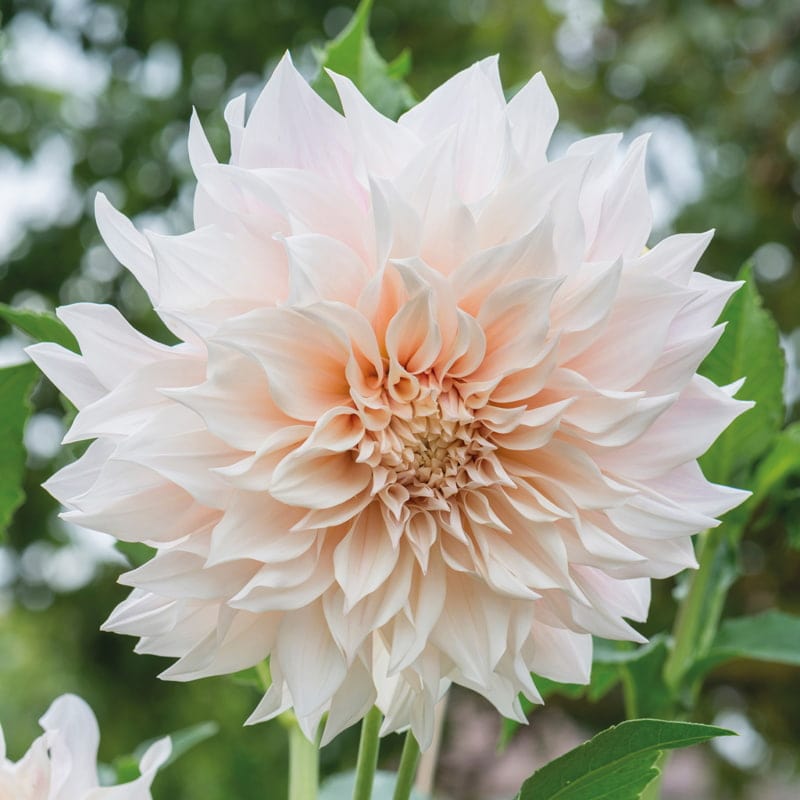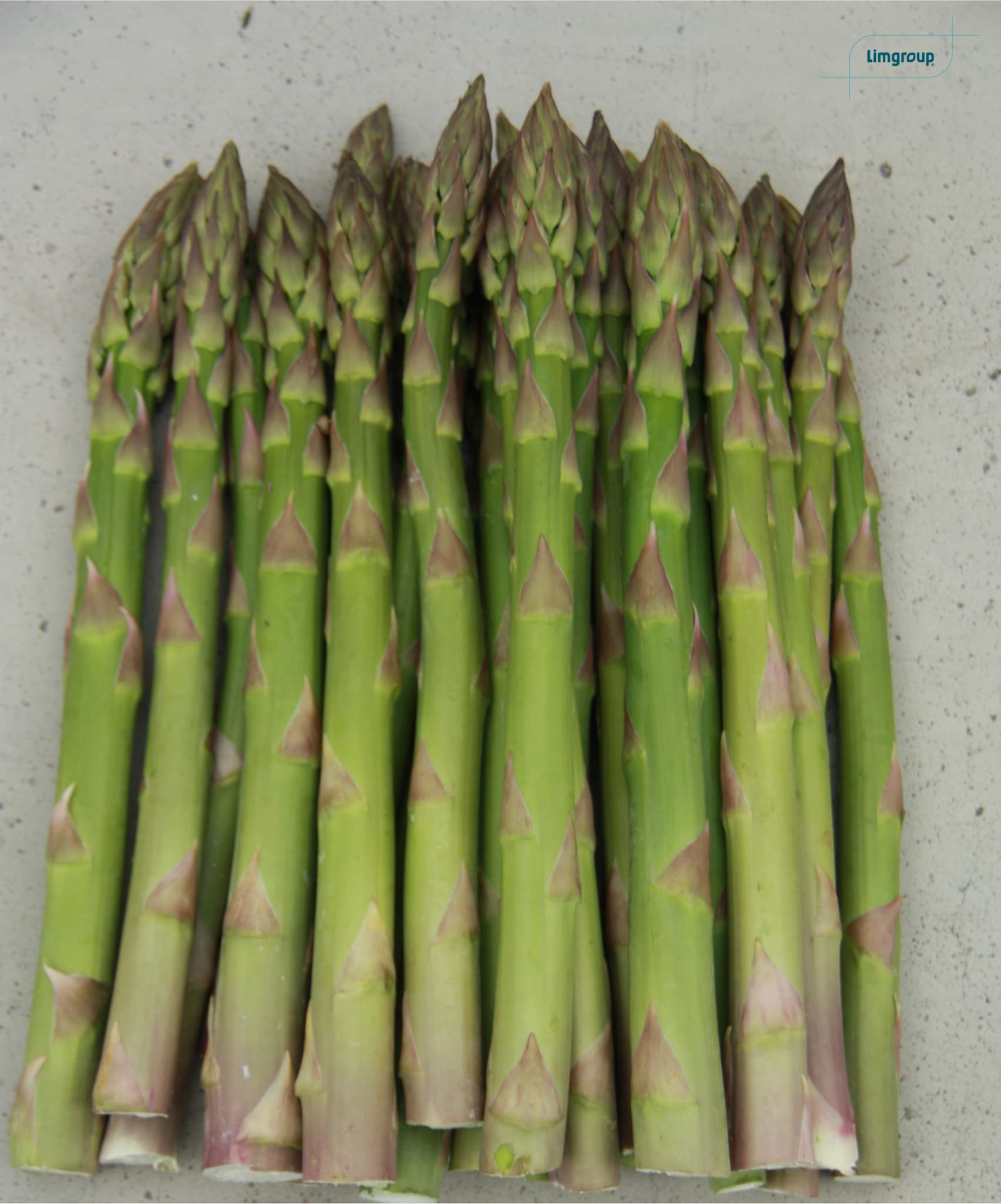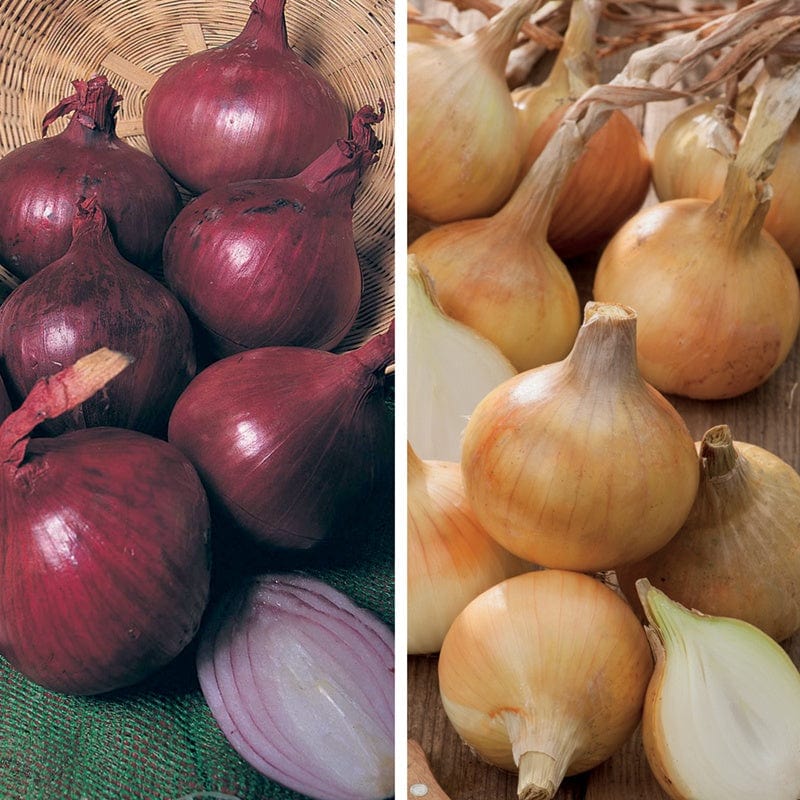Introduction to Tulips:
Planting & Harvesting
- Sow Indoors
- Sow/Plant Outside
- Flowers/Harvest
Free Delivery
On All Orders Over £35

Free Delivery
On All Orders Over £35

Free Delivery
On All Orders Over £35

Free Delivery
On All Orders Over £35

Item added to bag!
Your Basket
Our Spring 2026 Range Is Here!
4 For 3 On ALL Seeds
Our Spring 2026 Range Is Here!
4 For 3 On ALL Seeds
Our Spring 2026 Range Is Here!
4 For 3 On ALL Seeds
Our Spring 2026 Range Is Here!
4 For 3 On ALL Seeds
Our Spring 2026 Range Is Here!
4 For 3 On ALL Seeds
Our Spring 2026 Range Is Here!
4 For 3 On ALL Seeds
Our Spring 2026 Range Is Here!
4 For 3 On ALL Seeds
Our Spring 2026 Range Is Here!
4 For 3 On ALL Seeds
Our Spring 2026 Range Is Here!
4 For 3 On ALL Seeds
Our Spring 2026 Range Is Here!
4 For 3 On ALL Seeds
Our Spring 2026 Range Is Here!






Your basket is empty
Continue shoppingTax included and shipping calculated at checkout
Tulips belong to the genus Tulipa, which is part of the lily family (Liliaceae). There are about 75 species in this group, all known for their bright, cup-shaped flowers in a variety of colours. Originally from Central Asia and the Mediterranean, tulips are now commonly grown across the UK. They’re a popular choice for gardens and parks, especially in spring when they bloom after a cold winter. Tulips grow from bulbs and are relatively easy to grow, making them a favourite among gardeners. They need a period of cold to bloom well, which suits the UK climate perfectly. Tulip bulbs are planted in autumn, require well-drained soil, and benefit from a sunny spot. With minimal care, they reliably return each spring, adding colour and life to gardens with little effort.
Loosen the soil to about 15-20 cm (6-8 inches) deep and mix in some compost or garden manure to improve drainage and nutrients. Plant each bulb pointy end up, about 10-15 cm (4-6 inches) deep. Space bulbs around 10 cm (4 inches) apart.
You can create the perfect environment for growing tulip bulbs by preparing your soil. Start by digging in an organic matter like compost or manure to ready the soil with valuable nutrients. Come springtime, you can even add fertiliser to support the growth of your tulips - making sure that they grow strong and bright, just how we like them.
As spring-flowering plants, tulip bulbs are best planted in the autumn months, between September and November. You want to make sure that you give that summer soil plenty of time to cool off before planting your tulip bulbs!
Ground planting: Tulips do very well planted directly in the ground. They prefer a sunny spot with well-drained soil. Avoid areas where water tends to pool, as bulbs can rot in soggy soil.
Container pot planting: Tulips can be grown successfully in pots or containers, which is great if you have limited garden space or want to grow them on patios or balconies. Use a deep container (at least 20 cm/8 inches) with good drainage holes and well-draining compost.
Window boxes: Tulips can also grow in window boxes, provided the box is deep enough and drains well. Like containers, they’ll need regular watering but not waterlogged conditions.
Tulips prefer full sun (at least 6 hours of direct sunlight a day) to bloom well. They can tolerate light shade, but too much shade may result in weaker stems and fewer flowers.
If you’re looking to go all out, you might want to consider feeding your tulips. Not only can feeding support the health and growth of a bulb, but it can also have an impact on reflowering the following season, setting your plant up with the foundations to grow and grow year after year. From around March, introduce your plant to a potassium-rich liquid fertiliser.
Sign-up to our Newsletter


